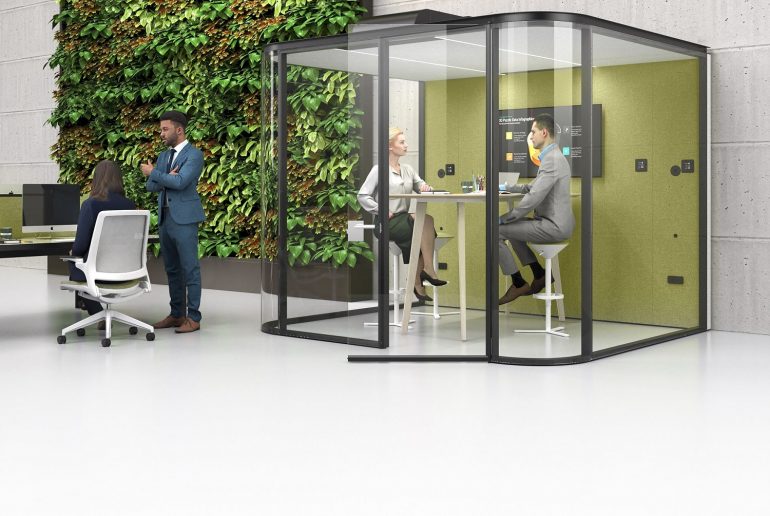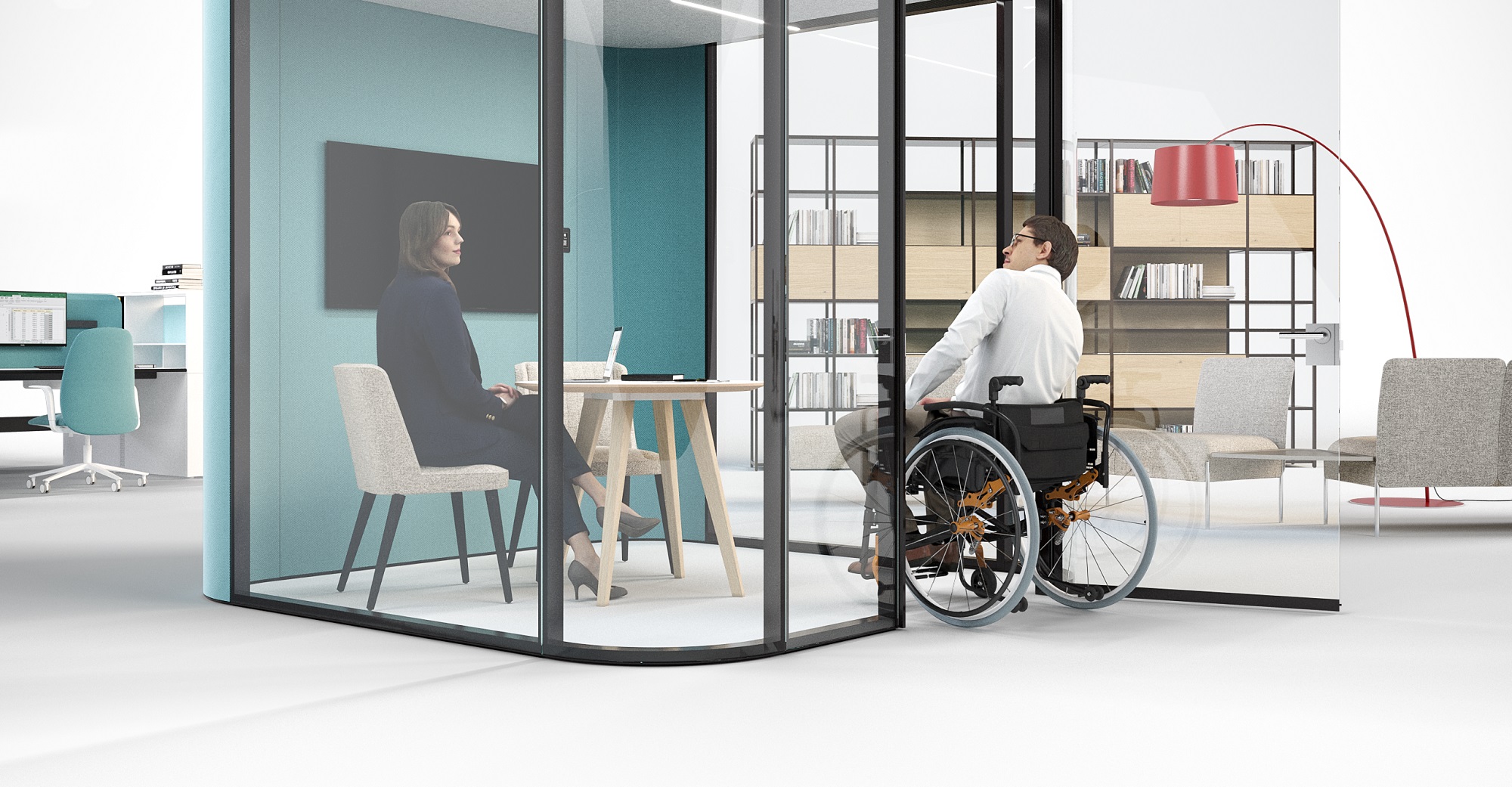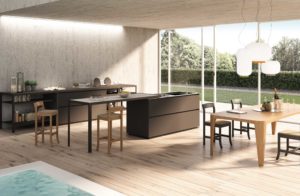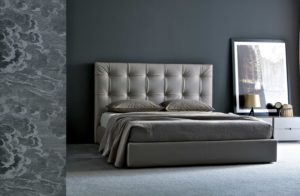Workspace aim: noise reduction for a better collaboration

Communication is important. Today more than ever. It applies to everyone, especially for companies. It is certainly not new, maybe just a confirmation. Good communication is a key factor for success. Communication to be intended externally but also and primarily within the organization. Sometimes, however, communication can be difficult. And even the clearest message ends up being diverted or changed in the presence of one or more disturbing factors. Which, in the office, can also derive from a poor effectiveness of the interior design and furnishings.
Multipurpose spaces
Office design can make you happier and more productive. Various researches prove this. Shapes, colors and materials can help generate positive emotions and a sense of well-being. It is therefore essential to evaluate these elements when designing a workplace. Speech that takes on particular relevance in light of the profound changes affecting the office. From a mere place of production it becomes more and more a place of meeting, inclusion, interaction, collaboration. A challenge that also passes through a different design of the physical layout and furnishings.
In fact, agility, increasingly applied to the subject of work, also involves the office. And, like subdivisions of the geological time scale, here too we pass from one era to another. From the era of closed offices, we have moved on to that of open space. Now we are at the dawn of the multi-space era. Which saves some positive elements of the previous model and corrects some imperfections.
The importance of beeing focused
The post-pandemic office is reborn as a hybrid and liquid, modular and versatile, capable of enhancing the individual and the group at the same time. Not a revolution: rather an evolution. It is, after all, the idea behind the concept of the Italian Smart Office, where “traditional” operational spaces, relaxation areas and areas for concentration coexist. Yes, concentration: it is essential when working. But it is easily lost. And finding it is difficult. A question not to be underestimated:
- According to a survey by the Udemy learning center, 75% of employees are more productive and 57% have increased motivation when workplace noise and distractions are reduced;
- According to a study by the University of California Irvine, workers compensate for interruptions by working faster. This leads, however, to greater pressure, stress and even frustration;
- Research from Michigan State University shows that interruptions of about 3 seconds double the error rate.
Office Pods, an oasis for concentration
Quality not quantity. Productivity does not depend on how much time we dedicate to an activity. Rather, it is the quality of uninterrupted concentrated work that makes the difference. The open space was born as a friendly space, in which proximity makes communication and information sharing between colleagues easier. However, it lends itself to various forms of possible distractions. A few examples? High-pitched conversations, phone calls and video conferences (a phenomenon that has sharpened in times of pandemics): the list is long.
The most popular option, to find calm and concentration, is to wear a pair of headphones and isolate yourself. But, in fact, one closes oneself in a “bubble” within an open space designed specifically to encourage sharing. In this sense, the Collaborative Room gives an effective answer. A range of modular and customizable pods that offers a place for targeted work, guaranteeing:
- Acoustic insulation: special sound-absorbing materials and profiles on the doors guarantee a reduction of 35 dB from the inside to the outside. It goes up to over 40 db for Phone Booth;
- Visual relationship: the pods are oases of silence but inserted in an open context. Who is inside, in short, sees what happens outside and vice versa;
- Practicality and versatility: the structure can be positioned anywhere within the office, in the place deemed most suitable / effective.
DISCOVER MORE ABOUT
COLLABORATIVE ROOM
Office noise reduction
In short, being aware of the importance of the sound factor in the design and furnishing phase of the office is important, today more than ever. You can not pretend nothing has happened. It is not convenient, more than anything else, as we have seen above. The modern office must encourage collaboration and interaction between people, but noises must not negatively affect performance. A smart workplace design allows you to keep these two aspects together. Remembering that sound can also be managed through the right furniture. For example, through the use of wall or suspension sound-absorbing elements or acoustic partition walls.




